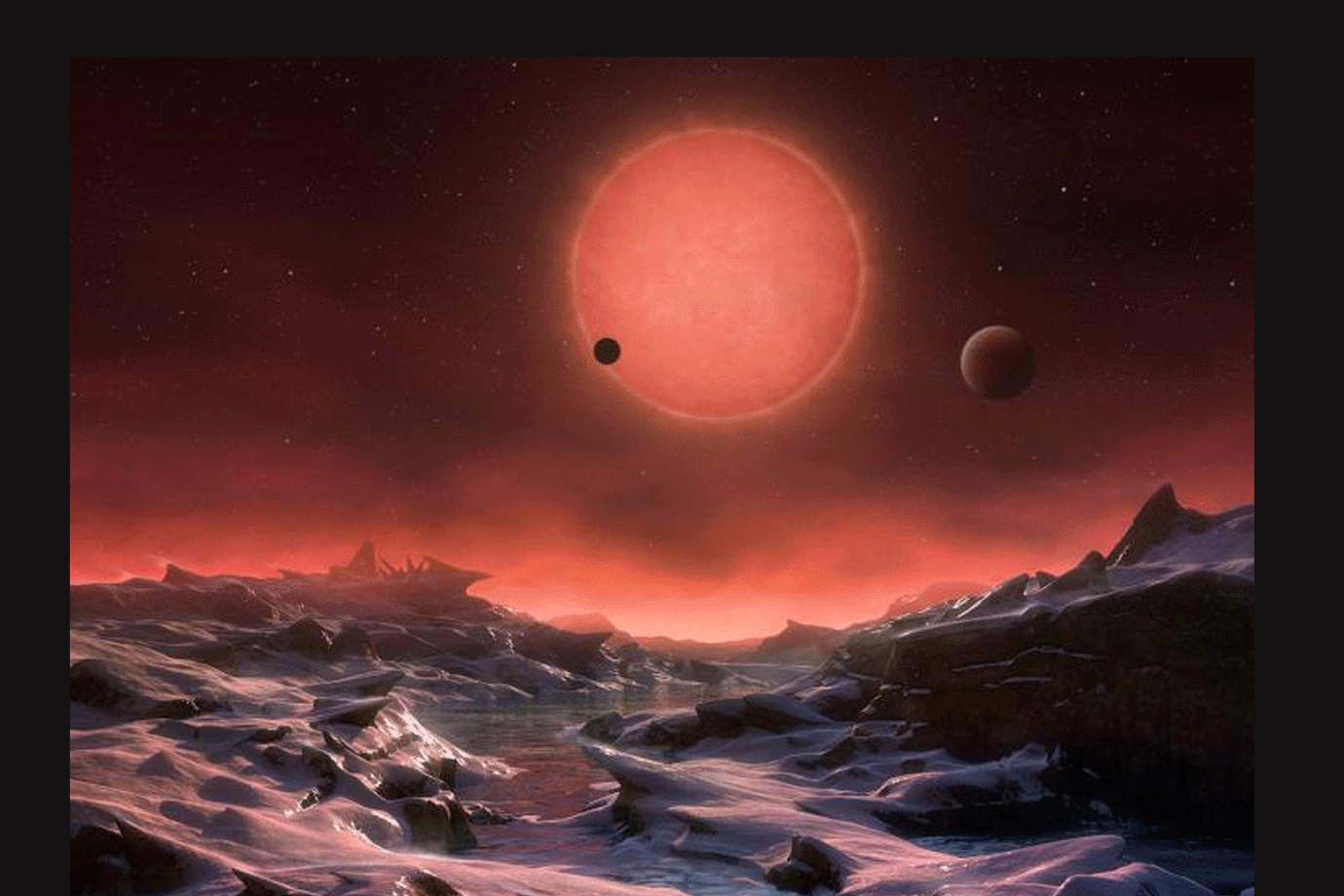
A team of researchers led by Michael Gillon, University of Liege found three planets with Earth-like characteristics near our solar system. Orbiting a star named Trappist-1, these exoplanets are close to the size of earth and near enough for us to monitor them. According to the research team, studying cool or dwarf stars near our solar system is the first logical step towards finding alien life using our current technology.
In 10 years, we might able to get as close to these planets as Juno is to Jupiter
Here are 5 things to know about this discovery:
1. The star
It was named Trappist-1 after the Transiting Planets and Planestisimals Small Telescope (TRAPPIST) which detected the fading of light from the star at occasional intervals. This led to the discovery of the planets revolving around the star. Trappist-1 is an ultra-cool dwarf star, producing mostly infrared light. The star in comparison to our sun is at 0.05 per cent of the sun’s luminosity and 8 per cent of the sun’s mass.
2. Distance
The star is too far and too red to be seen from the earth with the naked eye. When we say close, we mean close in space terms. This star and its planets (in the Aquarius constellation) are almost 40 light years away from us which is approximately 378.4 trillion kilometres. Yup, close enough.
3. Planets
There are three planets revolving around Trappist-1, two of which are way closer to the star than we are to our sun, taking just days to complete one revolution. Though this reduces the probability of habitable zones on them, the radiation received by these planets is only two to four times the radiation we recieve from the sun.
The third planet is believed to further away but close enough to the star for it to be habitable. The surface of the planets look rocky after initial observations.
4. Day and night
We all know that our earth rotates around its axis during orbit resulting in day and night. These planets, unlike the Earth, are tidally locked which means one side is always turned towards the star, resulting in eternal day, while the other side is always turned away from it and is in eternal night.
5. What next?
According to one of the researchers – Julien de Wit from the Massachusetts Institute of Technology – in the next five to 10 years they would be able to check if these planets are habitable. This would be followed by checking for traces of gas emissions to prove existence of life. In the interview given to the Independent, he added that they would be able to find more about the planets after the James Webb Space Telescope is launched in 2018.
In their research report, the researchers believe that data from the Hubble Space telescope could provide valuable information on extent and composition of the planets’ atmospheres.








